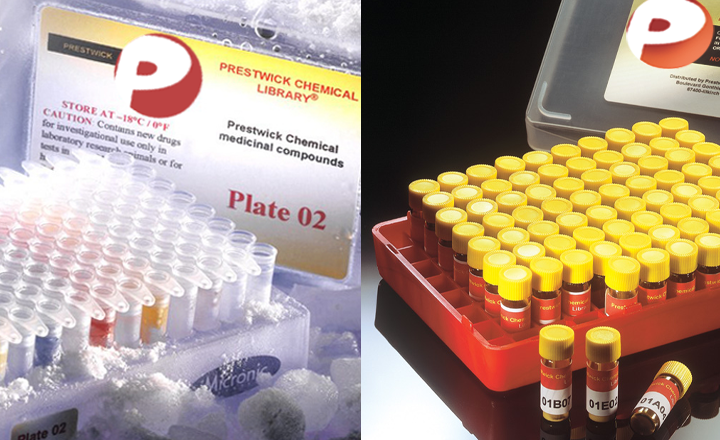Drosophila SMN2 minigene reporter model identifies moxifloxacin as a candidate therapy for SMA
Konieczny P, Artero R
FASEB Journal - vol. 34 3021-3036 (2020)
FASEB Journal
Spinal muscular atrophy is a rare and fatal neuromuscular disorder caused by the loss of alpha motor neurons. The affected individuals have mutated the ubiquitously expressed SMN1 gene resulting in the loss or reduction in the survival motor neuron (SMN) protein levels. However, an almost identical paralog exists in humans: SMN2. Pharmacological activation of SMN2 exon 7 inclusion by small molecules or modified antisense oligonucleotides is a valid approach to treat SMA. Here we describe an in vivo SMN2 minigene reporter system in Drosophila motor neurons that serves as a cost-effective, feasible, and stringent primary screening model for identifying chemicals capable of crossing the conserved Drosophila blood-brain barrier and modulating exon 7 inclusion. The model was used for the screening of 1100 drugs from the Prestwick Chemical Library, resulting in 2.45% hit rate. The most promising candidate drugs were validated in patient-derived fibroblasts where they proved to increase SMN protein levels. Among them, moxifloxacin modulated SMN2 splicing by promoting exon 7 inclusion. The recovery of SMN protein levels was confirmed by increased colocalization of nuclear gems with Cajal Bodies. Thus, a Drosophila-based drug screen allowed the discovery of an FDA-approved small molecule with the potential to become a novel therapy for SMA.


